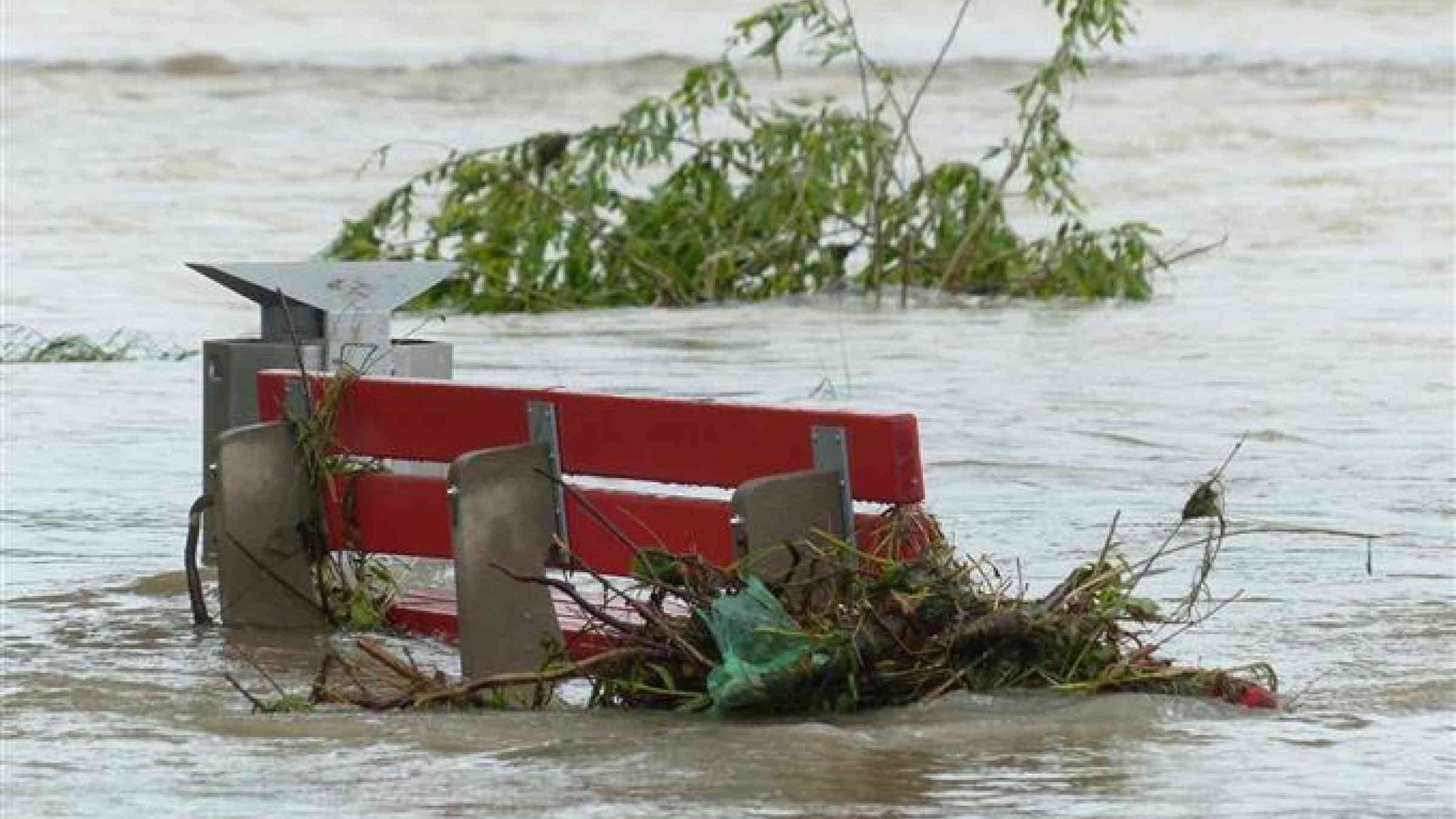Flash flood guidance system improves predictive skills

WMO is working to strengthen forecasting skills for flash floods, which kills an estimated 5,000 people annually and are a major natural hazard.
WMO’s Flash Flood Guidance System seeks to strengthen the capabilities of National Meteorological and Hydrological Services (NMHSs) to issue timely and accurate flash flood warnings and to integrate these in their day-to-day operational activities. It also seeks to foster coordination between NMHSs and disaster management authorities.
The initiative is supported by the U.S. National Weather Service, the Hydrologic Research Center (HRC), and the U.S. Agency for International Development/Office of U.S. Foreign Disaster Assistance(USAID/OFDA). There are currently nine regional projects: Central America; Haiti and the Dominican Republic; Southern Africa Region; Black Sea and Middle East; South East Europe; Central Asia Region; South Asia; Mekong River Commission; and Southeastern Asia-Oceania.
“Flash floods occur throughout the world, and the time thresholds vary across regions from minutes to several hours depending on the particular characteristics of the region,” said Paul Pilon, chief of WMO’s hydrological forecasting and water resources division. “However, for the majority of these areas there exists no formal process for flash flood warnings, there is a lack of general capacity to develop effective warnings for these quick response events.”
“Flash floods have a different character than river floods, notably short time scales and occurring in small spatial scales, which make forecasting of flash floods quite a different challenge than traditional flood forecasting approaches,” said Mr Pilon.
The performance of the guidance system is determined by estimating skill scores of the flash flood forecasts and warnings. A recent verification study conducted by the Meteorological and Hydrological Service of Croatia for 2016 showed a skill score of 84%.
“This is an outstanding result which showcases best practices,” said Mr Pilon. “Verification studies are an important tool to monitor performance in our predictive skills.”
A similar verification study of the Turkish Meteorological Service shows the probability of detection hit rate, was 70% and 55% for 2014 and 2015 respectively.
The verification score was lower in 2015 because there were more convective systems that caused flash flood rather than frontal systems. Convective storms are small scale events that are more difficult to catch from satellite and Numerical Weather Prediction products.